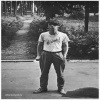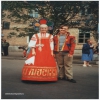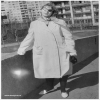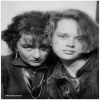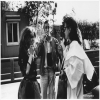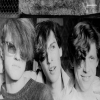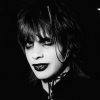
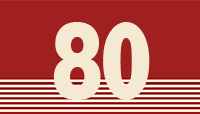
New Waevers
|
The New Wave movement had got quite vague manifestation in the soviet society. Initially it was based on melomaniac preferences in form of electronic experiments and aesthetics of the post-punk “new romantics”, the domestic new-wavers compiled their exterior aesthetics on the basis of the “pure style” - certain kind of hairdos and make-up with elements taken from the other already formed movements from breakdancers’ sunglasses down to the post-punk “gloomy style”. In Leningrad there was a short-term growth of the tendency for glam and dark aesthetics. Soon came the “forelocks” named for the haircuts with short sides and long forelocks, that raised funny fears in the Soviet supervisors that these groups were drawn towards neo-nazism. After 1985, following the partial legalization of foreign non-radical styles, popularization of disco and the uprise of the metal wave, the mass of the “new-wavers” split into two camps. Disco lovers of foreign pop, consumers of brand clothes, that were later labeled “the poppers” because of their passion for pop-music of the 80-s. And more advanced and fashionable new-wavers, who were keeping close contact with creative underground, experimenting within mod and post-punk traditions. Representatives of the latter often formed music bands and took part in creative activity, having opened up for artistic “new-wave” in the first half of the 80-s. For representatives of the “hard wave” these gradations were rather abstract and within the definition of “wavers” or “wavy” came all the representatives of discotheque-linked movements be it breakers, stilyagas or just fashionable soviet youth.
 go back to "Street Styles" go back to "Street Styles" |


